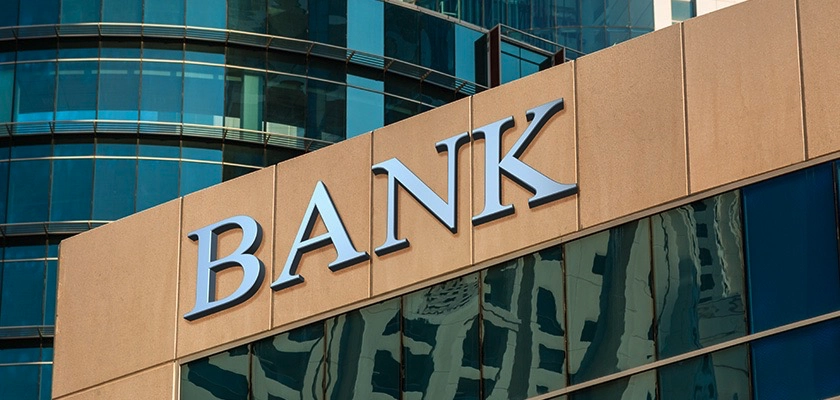Two Start-Ups Stepped In When Big Lenders Wouldn’t for P.P.P. Loans | August 2021
When big lenders missed providing P.P.P. loans to small businesses, start-ups Blueacorn and Womply stepped in.

When Congress approved billions of dollars in aid for small companies during the COVID-19 pandemic through Paycheck Protection Program (P.P.P.) loans, big lenders missed out on a key opportunity with the smallest of businesses. Two start-ups, Blueacorn and Womply, were able to step in, reaching the tiniest and neediest businesses through targeted advertising and easy-to-use technology. The companies processed a third of all P.P.P. loans this year. The companies will collect more than $3 billion in fees, more than any of the other 5,200 P.P.P. loan lenders.
Blueacorn, a new company, and Womply, which previously sold marketing software, are unlikely P.P.P. loan champions because they aren’t banks. Instead of lending money, they acted as middlemen, advertising loans to sole proprietors, freelancers, and independent contractors, directing their applications to lenders, and taking a portion of the fees lenders made on each loan. They actively pursued small businesses, doing what big banks wouldn’t do.
Big Banks Leave Out Small Businesses
Blueacorn was founded specifically to connect small businesses with P.P.P. loans. The company partnered with a nonprofit community bank.
“Tiny businesses, self-employed individuals, and minority communities are left out in the cold, over and over and over,” said CEO Barry Calhoun to The New York Times. “Addressing that is a core mission for us.”
When P.P.P. loans were first introduced in April 2020, big lenders went after big loans because they were easier and more profitable. JPMorgan Chase, for example, wouldn’t issue loans of less than $1,000, even though $1,000 could be significant for sole proprietors, especially workers in the gig economy.
Congress Increases Fees
It was clear to Congress that the smallest of businesses were left out by big lenders. In December 2020, to encourage banks to issue more small-dollar loans, Congress increased the fees banks would receive for small loans. Congress made further changes in February 2021, reworking it to award sole proprietors loans based on revenue rather than profit, meaning unprofitable sole proprietorships could qualify. Sole proprietors, defined in Chapter 4: Options for Organizing Business, are businesses that are owned and operated by one individual. This is the most common form of business organization in the United States.
An Opportunity
The changes made to the program by Congress meant more businesses were eligible for loans, and small-dollar loans were more profitable than before. Blueacorn and Womply readily jumped on the opportunity. The companies aggressively advertised the loans, posting Facebook ads and purchasing banner ads on buses. Between February and May 2021 when the program ended, the two combined processed 2.3 million loans.
Blueacorn tackled the challenge of collecting paperwork from borrowers by building a system to simplify and streamline the process. The entrepreneurial coders behind the company had a hunch that making the paperwork easier would encourage lenders to issue loans to small businesses and maximize the borrower’s chance of securing a forgivable loan. The company, overrun with demand, rented call centers and hired temporary workers.
Similarly, Womply created an easy interface online for borrowers to use. Womply did much of the leg work on the front end, processing identity checks and putting together loan documents for lenders.
Though the companies, overwhelmed with the volume of potential borrowers, faced many complaints about customer service, Blueacorn and Womply’s efforts greatly contributed to a dramatic increase in P.P.P. lending. More P.P.P. loans were issued in 2021 than in 2020 (from 3.6 million to 5.8 million) and the average loan size decreased (from $100,000 to $41,560). The companies effectively helped the smallest of businesses and underserved communities get much-needed loans by leveraging advertising and technology.
In the Classroom
This article can be used to discuss sole proprietorships (Chapter 4: Options for Organizing Business), small business (Chapter 5: Small Business, Entrepreneurship, and Franchising), and banking and nonbanking institutions (Chapter 15: Managing Human Resources).
Discussion Questions
- How does the U.S. economy benefit from entrepreneurs?
- Why did big lenders previously ignore the smallest of businesses?
- Why do you think Blueacorn and Womply capitalized on this opportunity when many major lenders did not?
This article was developed with the support of Kelsey Reddick for and under the direction of Geoff Hirt, O.C. Ferrell, and Linda Ferrell.
Sources:
Blueacorn, “About Us,” https://blueacorn.co/about/
Carmen Reinicke, "Paycheck Protection Program Has Run Out of Money for Most Borrowers. What You Need to Know," CNBC, May 5, 2021, https://www.cnbc.com/2021/05/05/ppp-has-run-out-of-money-for-most-borrowers-what-to-know.html
Stacy Cowley and Ella Koeze, "How Two Start-Ups Reaped Billions in Fees on Small Business Relief Loans," The New York Times, June 27, 2021, https://www.nytimes.com/2021/06/27/business/ppp-relief-loans-blueacorn-womply.html



